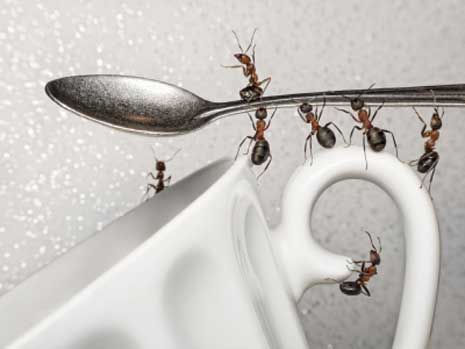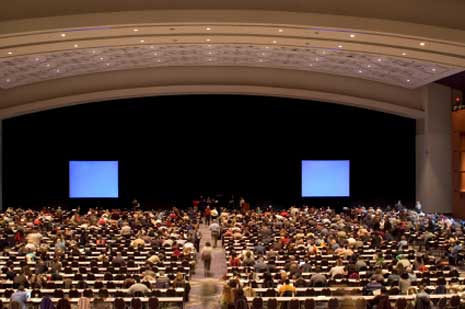Since when do fish use perfume?
Environmental contamination from the everyday habits of humans cause “perfumed” fish
We encounter fragrances in everyday situations. We have “our world” scented even if we prefer to live fragrance and chemical-free. These scents come to us via our daily hygiene, food, cleaning products, baby diapers, candles, hotel rooms, and even socks and subway tickets have fragrance added. Mixtures of chemicals usually make up the perfumed ingredients. They accumulate in our fatty tissue, breast milk, and in our environment. A governmental laboratory in Switzerland found fish in high alpine lakes with fragrance ingredients. How did they get there, at altitudes seldom reached by a hiker, in a region where nobody lives?
The dream of clean air and water
Take a look at a peaceful scene in nature… high mountains at two thousand meters, crystal clear air, breathtaking panoramic views with deep blue mountain lakes. This scenery gives one the opportunity to feel one with nature, but appearances can be deceiving. A Swiss government laboratory for analytical chemistry has found samples of fish from the lakes in high mountains and lowlands which contain persistent organic pollutants (POPs) and fragrance ingredients.
Fish repository for insecticides, flame retardants, and fragrances?
Fish were examined from alpine lakes in seven regions above 2062-2637 meters sea level. The scientists found concentrations of old insecticides, and long banned chemicals like DDT, DDE, dieldrin, HPEX, HCB, HCH, PCBs, PCDD / F and PBDE in the fatty tissue of the fish . In addition to these highly questionable chemicals were found seven different artificial musks and Musk xylenes. These chemicals are components in fragrance mixtures, which are found in nursing, cleaning, laundry products and perfume.
Precipitation transports chemicals to the lake fish
Concentrations of PCBs, PCDD / F and PBDE were found in fish from high mountain lakes as well as in the lowlands. Things were very different from the concentration of synthetic musk compounds. These substances which came out of detergents and cosmetics were found in higher quantities in fish of the lowlands than in fish in higher regions. The reason is that the lakes in lowland regions are much more contaminated because sewage treatment plants release water which is still contaminated with these substances. An effect which doesn’t exist in higher mountain regions.
Everyday scents have side effects
According to the Swiss scientists, there is only one explanation for the fragrance ingredients and persistent chemicals in fish found in the high mountains: they come directly from atmospheric precipitation and air pollution. Rain, snow, and fog from our atmosphere in these regions are the cause/source for the contamination of the fish with fragrance ingredients. The environmental contamination from the everyday habits of humans cause “perfumed” fish. This development should show everyone the importance of having a critical mind in a scented world.
This year, which is more recent that this 2007 research, there was also an article in Berner Oberland about the fish in Lake Thun not being good for eating due to the chemical contamination.
Author:
Silvia K. Müller, Seit wann benutzen Fische Parfüm, CSN – Chemical Sensitivity Network
Translation: Christi Howarth
Literature:
Schmid P, Kohler M, Gujer E, Zennegg M, Lanfranchi M. Empa, Persistent organic pollutants, brominated flame retardants and synthetic musks in fish from remote alpine lakes in Switzerland , Swiss Federal Laboratories for Materials Testing and Research Laboratory for Analytical Chemistry Dubendorf, Switzerland. Chemosphere, January 2007
Related articles:





